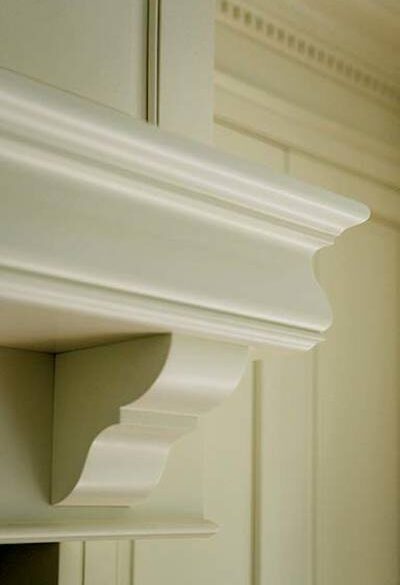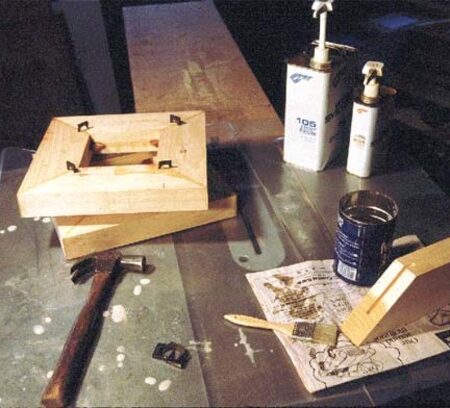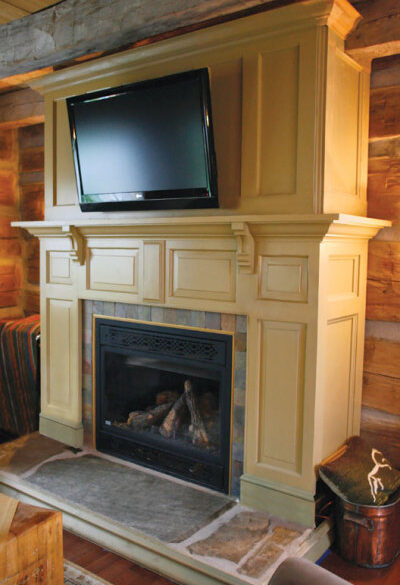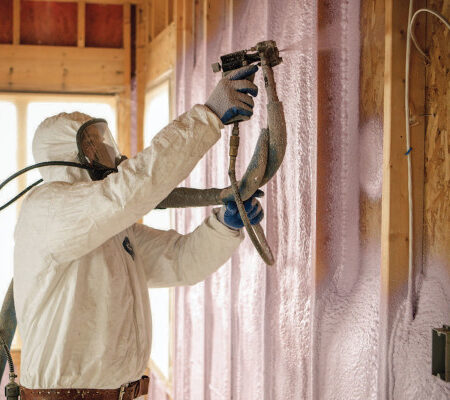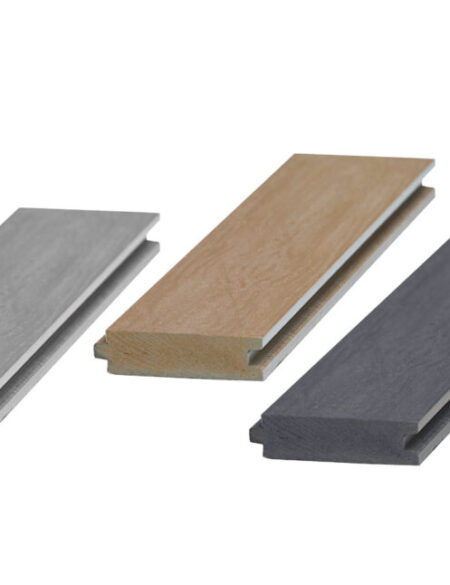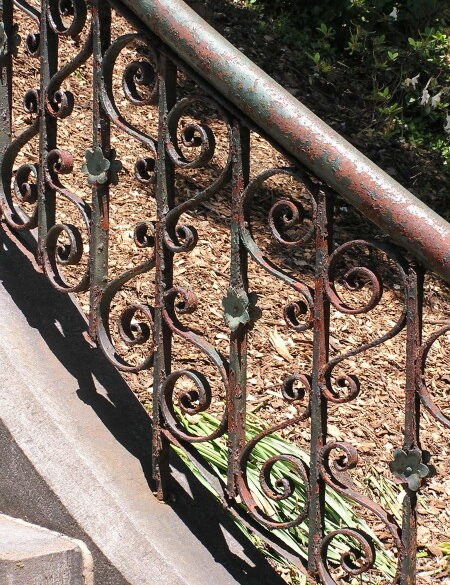This content was originally published on OldHouseOnline.com and has been republished here as part of a merger between our two businesses. All copy is presented here as it originally appeared there.
When the homeowners were restoring their 1910 apartment on Manhattan’s Upper West Side, they wanted a modern kitchen and every convenience-but with an early-20th-century ambiance, as if it were the original. Inspired by the butler’s pantry at The Breakers in Newport, Rhode Island, they had custom cabinets made in quarter-sawn oak. Panels hide the modern appliances underneath: a SubZero refrigerator and freezer drawers, a microwave oven, and a toaster.
Using Salvaged Hardware
- THE CABINETS For the cabinet fronts, life-size mockups were made out of foam core to ensure the correct size and profile. Then the panels were cut from quarter-sawn oak and glued on top of solid-oak doors. Interior-mounted Blum cabinet hinges invisibly support the doors.
- BOLD HARDWARE The kitchen hardware is a critical detail. On a visit to Liz’s Antique Hardware in Los Angeles, the owners spotted vintage icebox hinges hanging from a rafter. Made of solid brass, the hinges were cleaned and professionally plated in nickel to match reproduction hardware on the cabinets. The icebox hinges were surface mounted, using polished nickel screws with oval slotted heads.
What Type of Hinge?
The homeowners used surface-mounted icebox hinges for vintage appeal, and modern European concealed hinges inside. Consider:
Are the hinges part of the look, or do you want them hidden? Concealed hinges are completely hidden-to use when hardware would detract from the design. Semi-concealed hinges are partially visible when the door is closed, and may be detailed with a ball tip or finial. Exposed hinges are fully visible on the front of the cabinet when the door is closed.
Traditional, or European? Traditional hinges are butt hinges with finial tips, composed of two pivoting plates held together with a pin; these may require a mortise for installation. European hinges are concealed, with a mounting plate on the cabinet and a cup mortised into the back of the door. These work best on frameless cabinets and are adjustable for precise door alignment.
How far and to what angle do you want the door to open? Some hinges allow only a 90° swing, while others allow the door to open all the way back.
Will the hinge be surface-mounted, or mortised-requiring special recesses for the hinge leaves to fit onto the surfaces? Wraparound hinges have leaves that wrap around the edge of the door and/or cabinet.
Special features? Self-close hinges have a spring to finish pulling the door shut; self-opening hinges are activated with a gentle push; soft-close hinges have a hydraulic mechanism that silently eases the door closed. Buy enough hinges to support your door. Most doors need only two, but if in doubt, add another.
On Nickel Plating
Nickel plating deposits a thin layer of nickel onto metal or, sometimes, plastic, to prevent corrosion and surface wear while providing a decorative finish. First described in England in 1837, when nickel chloride was deposited on platinum, it became a widespread technique in 1916, when American professor O.P. Watts published a formula still in use today. Nickel plating may be applied to brass, copper, iron, or steel.
- bright nickel plating An electric current is used to plate the surface with a mirror-like nickel finish; used for automobile trim, lighting fixtures, and plumbing.
- electroless nickel plating The nickel is applied using an autocatalytic reaction without an electrical current; it produces an even coating on odd shapes and can deposit on non-conductive surfaces. Used for doorknobs, bath taps, etc.
- dull nickel plating Similar to bright nickel plating but yielding a matte finish; as it prevents abrasion, it’s often used for machine parts and is the coating of choice for restoring pre-1933 vehicles.
Hardware Resources
HINGES (in kitchen)
Liz’s Antique Hardware
HINGES (unrestored)
Olde Good Things new store at
333 West 52nd St., N.Y., NY:
(212) 989-8814
NICKEL PULLS
Wilmette Hardware
KITCHEN LADDER
Putnam Rolling Ladder
MARBLE SHELF Nubian white marble
Walker Zanger



